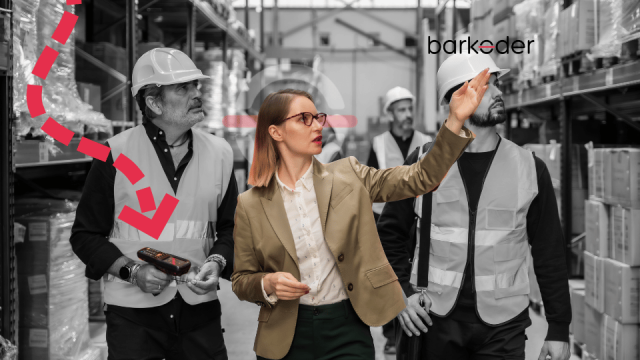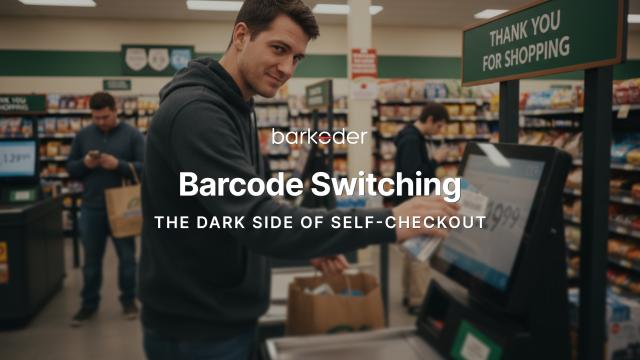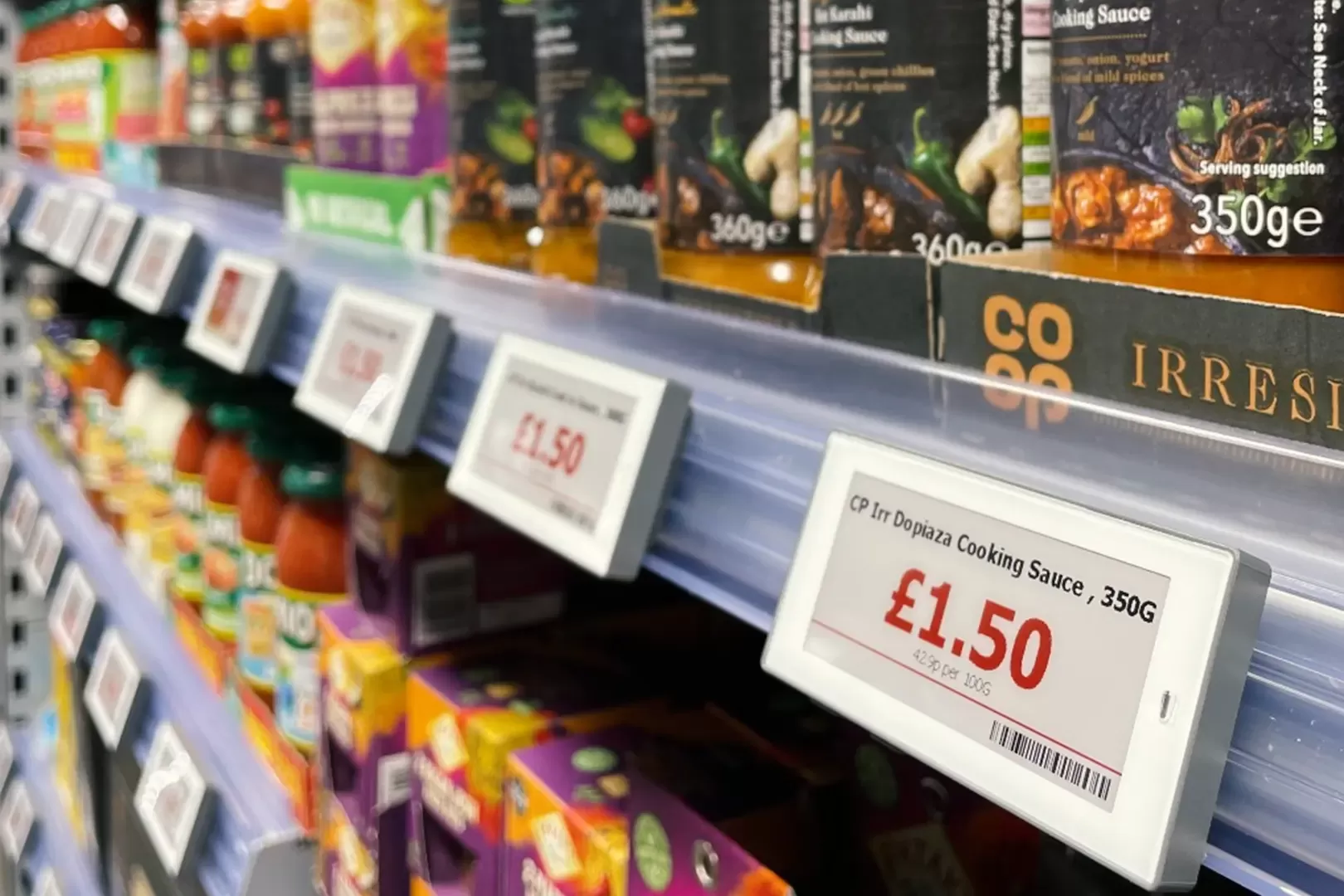
The importance of Barcodes in Food Processing and Traceability
The Food Industry: A Brief Overview
_533173324_1637327057.png)
Food traceability is becoming an increasingly important aspect of the food industry, and barcode technology is playing a crucial role in this area. According to Statista, in 2021, the barcode systems and technology segment of the food traceability market was projected to generate a global revenue of about 5.82 billion U.S. dollars in 2022. However, the industry is currently valued at 7.32 billion USD, poised to grow to 12.15 billion by 2030, growing at a CAGR of 7.5%.
This highlights the growing importance and adoption of barcodes in ensuring food safety and quality across the supply chain.
Moreover, emerging economies are also progressively implementing food barcodes as they recognize their benefits in reducing waste, improving efficiency, and enhancing consumer trust. As such, it is clear that barcode technology will continue to play a significant role in shaping the future of food traceability and safety worldwide.
Using a barcode system and technology, this statistic shows how much money was generated by the food traceability industry worldwide in 2016 and provides a forecast for 2022.
It is everyone's responsibility to see that products on the market are safe and waste is kept to a minimum, but there are some experts whose role it is to maintain food traceability standards.
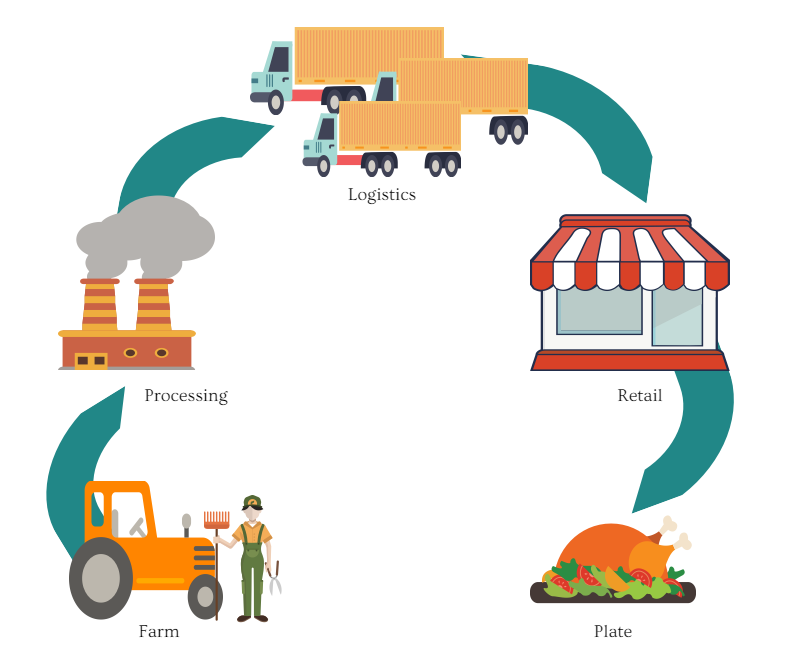
Food traceability relies on the effective utilization of barcodes to track and monitor the journey of food products throughout the supply chain. Barcodes serve as unique identifiers for each item, containing vital information such as the product's origin, production date, batch number, and destination. By scanning barcodes at different stages of the supply chain, stakeholders can quickly retrieve detailed data about the food's movement, ensuring transparency and accountability.
Barcodes play a pivotal role in the traceability process. They enable swift and accurate data capture, reducing human errors and facilitating efficient inventory management.
As part of its Food Standards Agency requirements, any stage in the supply chain has to provide information about 'one step' of the chain in either direction (where the product came from and who it is passing on to). As a result of this system, tracing products throughout their lifetime becomes possible.
Government agencies, particularly in the US, provide Food Traceability Lists as references for products and ingredients that must be properly documented for critical tracking events. In most cases, outbreaks of food borne illness are caused by products on this comprehensive list. In order to protect public health, food companies are required to keep additional records.
Approximately 4.19 billion U.S. dollars were generated in 2016 by the barcode systems and technology segment of the food traceability market.
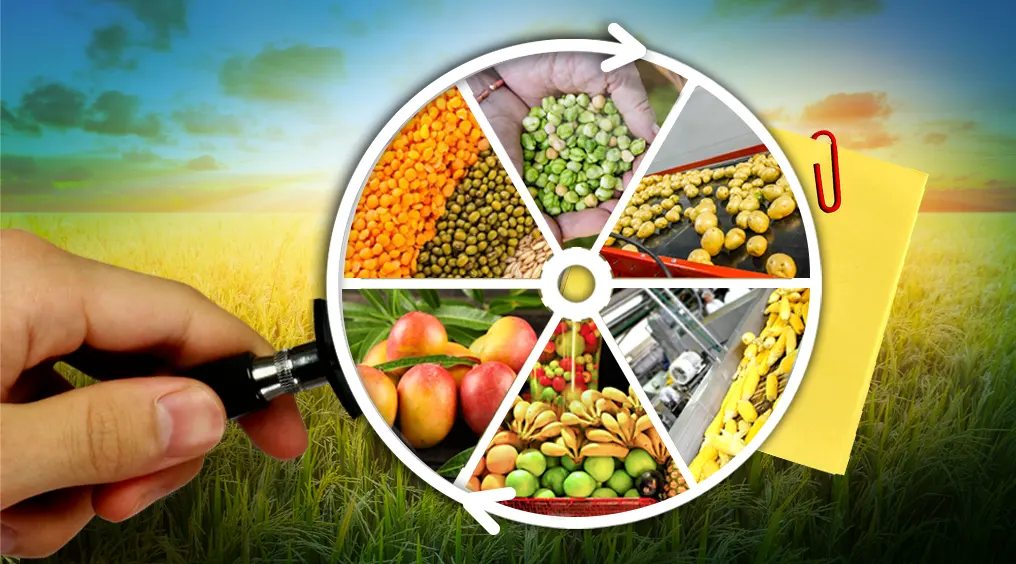
The Food Industry: A Brief Overview
The food industry covers everything from farming and food production to distribution and sales, and it is one of the world's largest and most complex industries. It provides employment for millions of people around the world, contributing significantly to the global economy.
The industry is constantly evolving, with new technologies and innovations transforming the way we produce and consume food. Consumers are becoming increasingly interested in healthier, more sustainable food options, while advancements in biotechnology are allowing for the creation of new types of crops and foods.
At the same time, there are also challenges facing the industry, such as concerns over food safety, sustainability, and animal welfare. These issues are driving changes in regulations and consumer preferences, and businesses in the food industry must adapt in order to remain competitive.
In general, the food industry is a dynamic and constantly evolving sector that is integral to our daily lives.
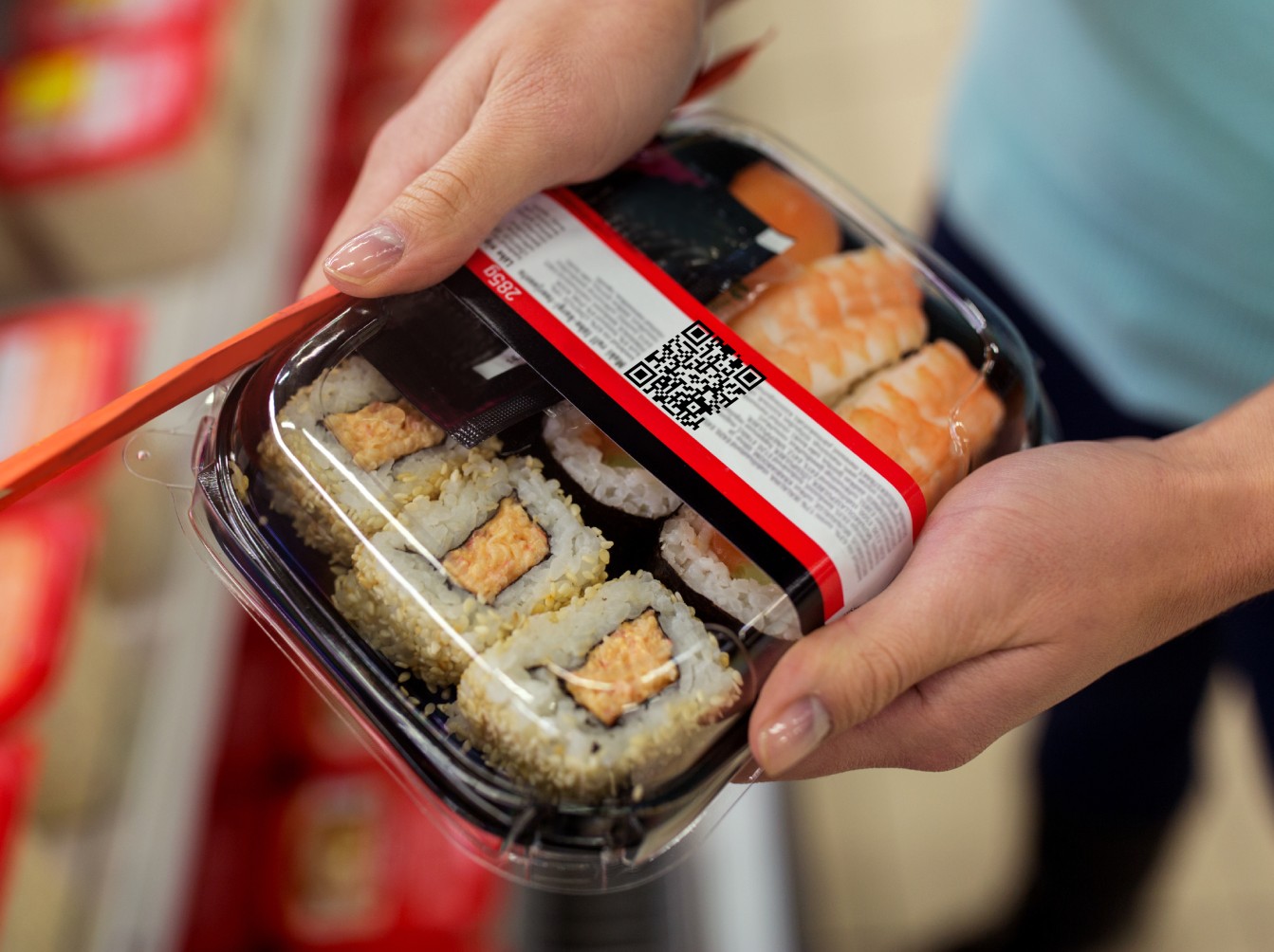
Barcodes in the food industry: 5 benefits
Efficient Product Identification: Barcodes provide a quick and accurate method of identifying food products. They contain product information such as the manufacturer, product name, and unique identifier, which can be easily scanned and processed by barcode scanners. This streamlines inventory management, pricing, and checkout processes, saving time and reducing errors.
Enhanced Traceability: Barcodes enable effective traceability throughout the food supply chain. Each barcode is unique to a specific product, allowing for precise tracking from production to distribution to retail. In case of any quality or safety issues, the barcode data can be used to identify the affected products and quickly initiate recalls, ensuring consumer safety and reducing the potential for widespread contamination.
Inventory Management: Barcodes simplify inventory management in the food industry. By scanning barcodes during receiving, storage, and shipping processes, businesses can maintain accurate stock levels, track expiration dates, and manage product rotation efficiently. This minimizes waste, prevents stock-outs, and optimizes supply chain operations.
Accurate Pricing: Barcodes enable accurate and consistent pricing of food products. When barcodes are scanned at the point of sale, the corresponding product information is retrieved, including the price. This ensures that customers are charged correctly, eliminates manual pricing errors, and facilitates seamless transactions.
Data Collection and Analysis: Barcodes data collection and analysis for business intelligence purposes. By capturing barcode data throughout the supply chain, companies can gather valuable insights about product performance, consumer preferences, and demand patterns. This information can inform decision-making, improve forecasting accuracy, and support strategic planning in the food industry.

barKoder mobile barcode scanner SDK
Choosing the right SDK can lead to a faster time to market and lower development and maintenance costs. Additionally, high scanning accuracy can result in satisfied end users and increased overall customer satisfaction.
barKoder Mobile Barcode Reader SDK is the next generation of barcode recognition technology. With its cutting-edge algorithm, this high-end level API empowers Android and iOS mobile devices to recognize 1D or 2D barcodes with ease. From scanning products at a grocery store to tracking inventory in a warehouse, the barKoder SDK is revolutionizing the way we use our smartphones and tablets. Its advanced features make it an industry-leading solution for businesses seeking reliable and efficient barcode recognition on the go. Interested to give it a try? Checkout some available resources:
- Barcode Scanner by barKoder for Android on Google Play Store
- Barcode Scanner by barKoder for iOS on Apple App Store
- Try the amazingly fast Android mobile barcode scanner SDK by barKoder
- Fully customizable, reliable, and lightning-fast Mobile Barcode Reader SDK for IOS by barKoder
- barKoder Mobile Barcode Recognition SDK for Flutter




